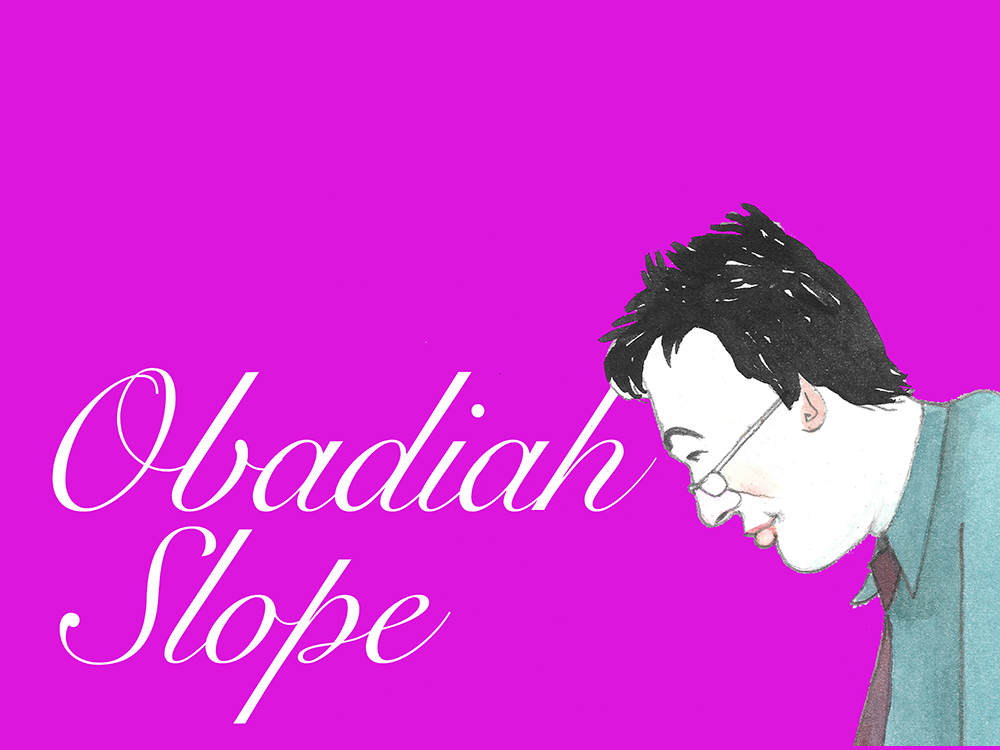An Obadiah Slope column
Massively under-reported in the great south land: PresidentTrump signed an executive order on the design of Federal buildings: “I hereby direct the Administrator of the General Services Administration, in consultation with the Assistant to the President for Domestic Policy and the heads of departments and agencies of the United States where necessary, to submit to me within 60 days recommendations to advance the policy that Federal public buildings should be visually identifiable as civic buildings and respect regional, traditional, and classical architectural heritage in order to uplift and beautify public spaces and ennoble the United States and our system of self-government. Such recommendations shall consider appropriate revisions to the Guiding Principles for Federal Architecture and procedures for incorporating community input into Federal building design selections.”
This means that buildings in Washington should reflect the dominant architecture of the Whitehouse, the Capitol, the Lincoln Memorial, and so many other buildings that have recreated ancient Rome on the Potomac>
It’s similar to King Charles’ architectural adventures in a town called Poundbury and other places.

This picture shows Queen Mary Square in Poundbury, a high-density town that has been created since 1993. Credit: Broichmore/Wikimedia
Leon Krier led the “new classicalism” design, producing visionary drawings when Obadiah was an architecture student. Poundbury Square is one of his realised works.Today, recreated classical, traditional and beaux-arts versions of architecture are being built worldwide, and modernist buildings are being replaced by what went before. You can view a fascinating array of new classical buildings replacing modernist ones at Architecture Uprising
A sample from Amsterdam:

In design, Trump may have caught the zeitgeist.
But Obadiah remembers late one night in the University of Adelaide architecture studio, when Angelo Mangiarotti, a distinguished Italian architect and a visiting professor, took him on task for using an undistinguished classical-ist typeface on some drawings.
Abashed, Obadiah sat down and designed a new font. (this only fed a graphic design obsession that led him astray from Architecture, but that’s another story).
Mangiarotti’s point was that design should reflect the age in which it is created.
Conversely, President Trump, King Charles and Leon Krier may be defining the design memo. Or are they clearing the way for something yet to come?
Or to quote Antonio Gramci’s famous sentence. “The crisis consists precisely in the fact that the old is dying and the new cannot be born; in this interregnum, a great variety of morbid symptoms appear.”’”
Is modernist architecture dying? If so, are the re-creations of the King, the President and Luxembourg’s greatest architect “Morbid Symptoms?”
###
Sad but true – Bad religion kills: Eight-year-old Elizabeth Struhs died in 2022 because she was denied her insulin. This week her parents father, Jason Struhs, mother, Kerrie Struhs, a religious leader and ten other members of a relious group were found guilty of manslaughter. Jason Struhs and Brendan Stevens were found not guilty of murder, The Guardian reports. “Fourteen members of the group, known as the Saints, knew she was a type 1 diabetic, who required insulin to live, the court heard, but it was deliberately withdrawn as a result of their religious faith.
“One of its tenets of the sect, the court heard, was that “God heals” and that medicine should not be used to treat illness. They repeatedly told the court and police that they believe she would be raised from the dead and is ‘only sleeping’”.
Kerrie Struhs was found to have threatened to leave her marriage if jason did not join the church the court found. “Most of the family had followed Stevens for 17 years, first at Revival Centres International in Brisbane, which the court heard taught similar beliefs about faith and medicine, and then paying him a tithe and attending small home-based services.”
The report makes it clear that the beliefs about healing taught at the Revival Centre and later taught and likely made more extreme by the Saints breakaway influenced the Struhs to refuse to give their daughter her insulin.
The Nine Papers report a police interview with Kerrie Struhs: “And she tells detectives she has no intention of holding a funeral. ‘No. Because the Bible says, let the dead bury the dead, and Elizabeth’s body is simply just bones and flesh, her spirit is most certainly living. So, yeah.’”’
“As the interview concludes, the mother declares: ‘God can’t fail. And I don’t believe he has failed here. And everyone is still yet to see some great miraculous thing happen and this is for everyone to know there is a god and that they need to turn to him really soon.’”’
“Her eyes widen. ‘Because these are end days. That’s what this whole thing is about.’”
The Struhs argued that the prosecution was a form of religious persecution. base no doubt on their right to hold and practice their beliefs.
But if it has any effect on the religious freedom debate, the Struhs’ can only have set it back have set it back. There are some churches with extreme views about healing. The Saints were a break away from The Revival Centres movement, which claims 31 churches up and down the east coast of Australia and branches in Europe, New Zealand and the Pacific. They offer healing testimonies on their website, quoting, “They shall lay hands on the sick, and they shall recover” (Mark 16:18) – although there is no evidence that they are as extreme as the Saints in Toowoomba were – and insist on tongues as a necessary sign for salvation.
These churches are outliers and considered heretical. Their existence means will take some careful consideration and drafting to come up with a religious freedom bill that separates good and bad religion.
###
Return of the male gaze: Obadiah has always found “the male gaze” problematic. The boundaries of leering, gazing and glancing at women by men are challenging. Women have the right not to be stared at. But from primary school days on, Obadiah noticed the baleful effects of even the barely-pubescent on girls – and women. Obadiah probably has an odd mix of early-onset fundamentalism and second-wave feminism behind his acceptance that this is a form of oppression.
The New York Times ethicist, whose columns are always interesting but create a mild persecution complex in Obadiah when challenging Christian morality, makes some great points in this week’s read, “What’s the rule about looking at women in public?”
It could have been addressed to Obadiah – aor any other socially awkward male. “A brief friendly glance that produces a smile and a direct reciprocating look can mean you’re being invited to maintain eye contact. But if there’s any doubt, the unease caused by leering is bad enough that you should err on the side of averting your gaze. In your case, there normally should be doubt. Being aware of whatever shortcomings we may have in the skills of everyday life can guide us toward better practices. Just as people who know they have a poor sense of direction learn to check maps more often, someone who struggles to read social signals around looking would do well by being reserved and not risk making others uncomfortable.”
###
Rehabilitating the wartime Pope. In a Times of Israel report, Karen Sutton, from Touro University, New York, reveals what she has found in the Vatican about Pope Pius XII, who is often criticised for not mentioning Jewish suffering.
“Even after my first month in the former Vatican Secret Archives one thing becomes crystal clear. Money to Jews and Jewish rescue operations changed hands from Pius himself, his Secretary of State, and especially from his Papal diplomats, four of whom we honored as Righteous by Yad Vashem. These Nuncios did not act on their own. They were directly under the auspices of the Holy See. Their acts to give protective papers and money for transporting and hiding Jews were not token or random. Nor were their actions (not words) sporadic or incidental.
“The Pope clearly recognized that in a continent writhing in suffering, Jews were highest on the totem pole of those imperiled. Like Oskar Schindler, who we all know said very little but did lots to save Jews, was one who used his business and personal funds to add Jews to the “living list,” so too, the Pope wore a great external strait jacket. The boundaries of who could be saved and who couldn’t were clearly drawn. Like Schindler, Pius prudently put his money where his mouth wasn’t in order to do what he could. Unlike Schindler, he is not regarded well by many in today’s world. Perhaps now is the time to look deeper into what the Pope did and assess whether they constitute worthy but ‘unspeakable acts of rescue.’”

